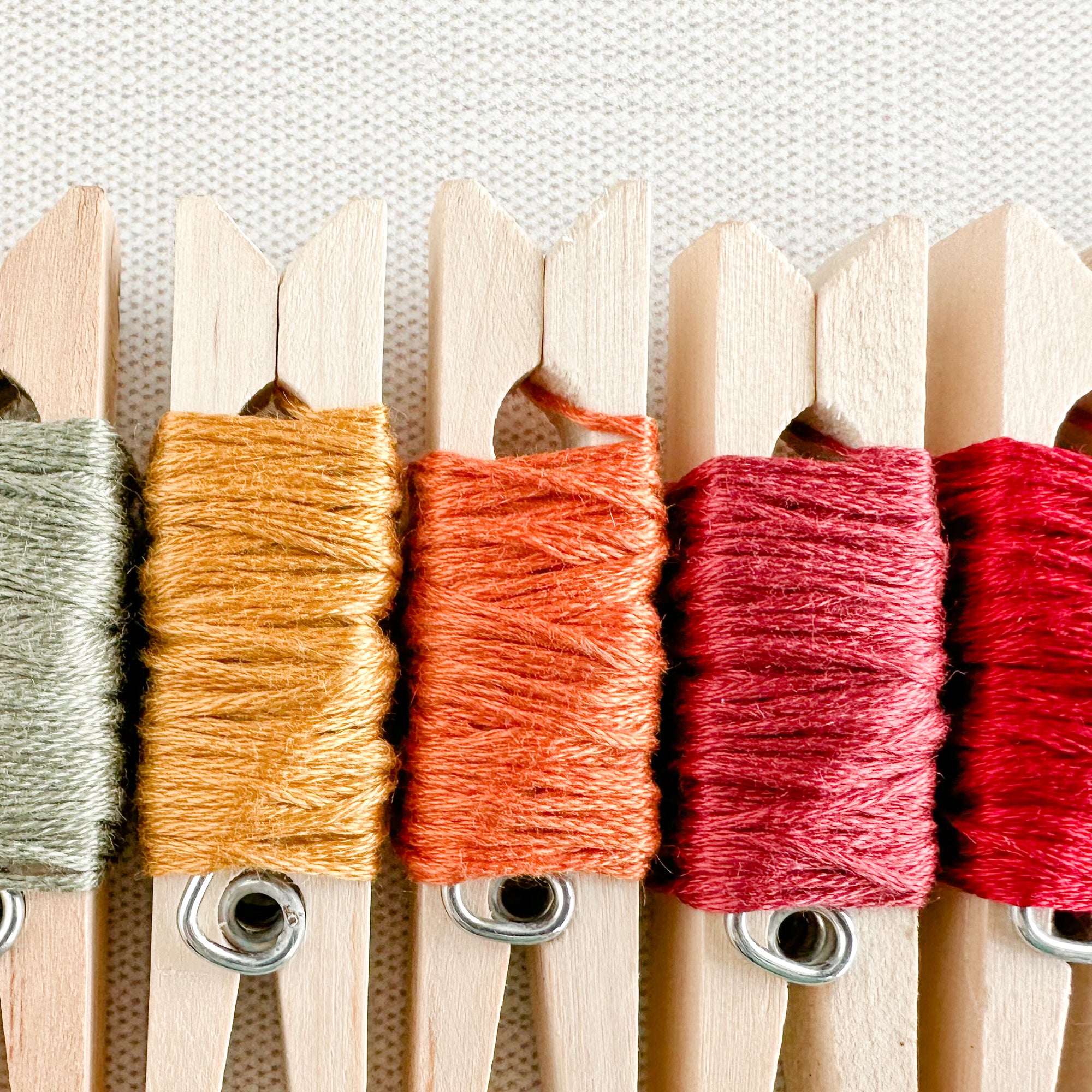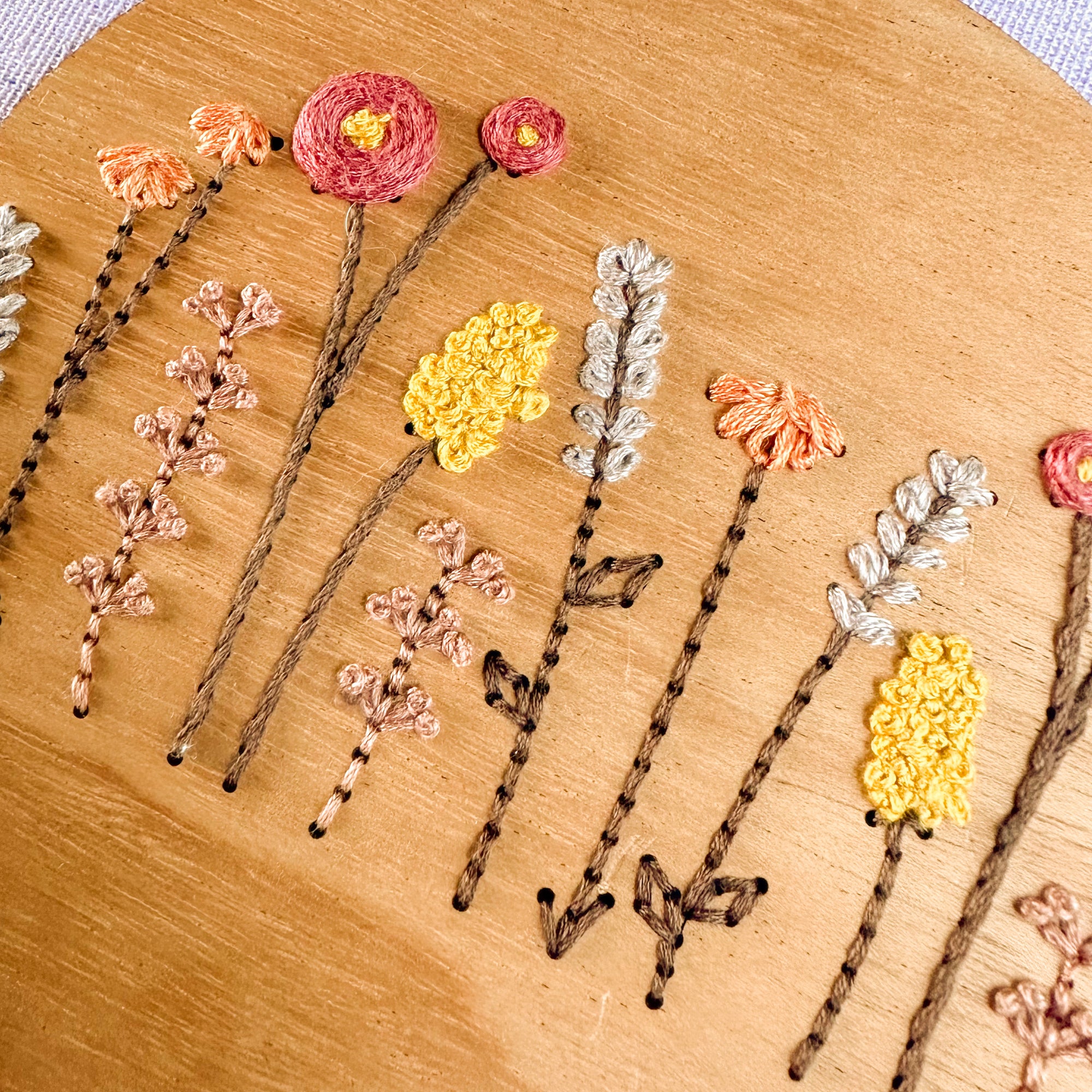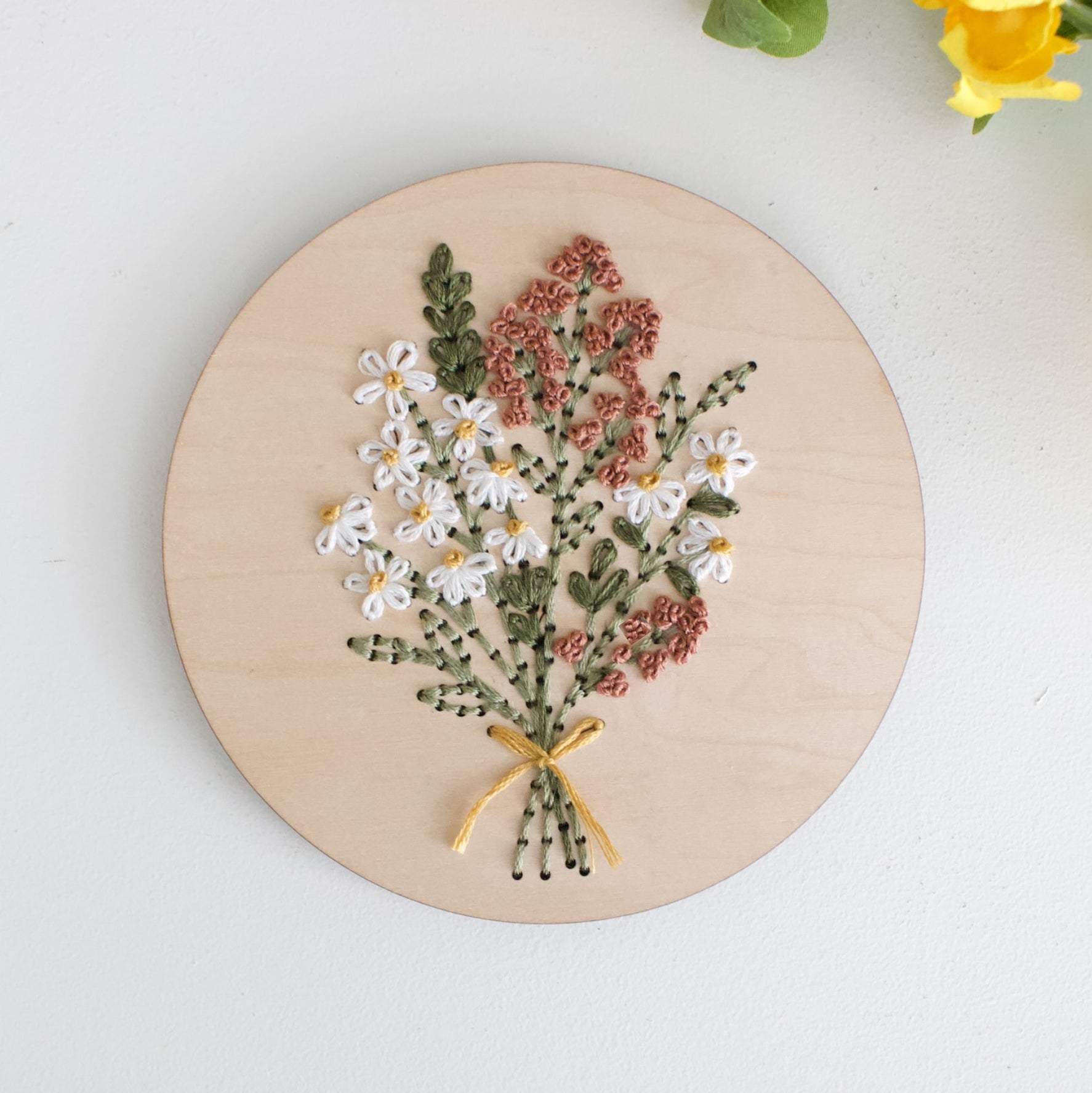Embroidery, a term that conjures images of delicate stitches and vibrant threads, has a rich tapestry that's as colorful as the creations it describes. As we delve into the history of embroidery, we uncover a narrative woven with the threads of time, culture, and personal expression. This art form, which has adorned everything from royal attire to everyday garments and absolutely everything in-between, tells the story of human ingenuity and the desire to add beauty to the functional and joy into the everyday.
Ancient Stitched Beginnings
The origins of embroidery can be traced all the way back to ancient civilizations. It's believed that this intricate craft, like so many others, began in the Orient and the Middle East, with evidence of embroidered garments dating back to 3000 B.C. or earlier. These early pieces, often embellished with silk and gold threads, signified status and wealth. But more than just to look rich, embroidery wasn't just a form of decoration but a medium for storytelling and preservation of cultural heritage.
Medieval and Renaissance Flourishing
Embroidery styles and techniques have varied greatly over centuries and across continents. In medieval Europe, for example, embroidery became a symbol of opulence in religious and royal contexts. The famous Bayeux Tapestry, which depicts the events leading up to the Norman conquest of England, is an early example of narrative embroidery, showcasing the power of stitched storytelling. In a way, embroidery was a mixed media version of the earlier illuminated manuscripts.
As trade routes expanded and people interacted in new ways, so did the exchange of embroidery techniques and materials, enriching the craft with diverse influences and skills. The Renaissance period saw a flourishing of embroidery, with advancements in technique and the introduction of pattern books, making designs more accessible to the masses.
The Industrial Revolution and Beyond
The biggest changes for embroidery, however, came with The Industrial Revolution, which brought significant changes to the history of embroidery with the creation of the embroidery machine. This innovation made embroidered goods more accessible but also led to a decline in hand embroidery as a cottage industry. Despite this, the 20th century witnessed a resurgence in hand embroidery as an art form, with movements like the Arts and Crafts movement emphasizing craftsmanship and quality.
Embroidery Today
Today, embroidery is celebrated both as a traditional craft and a medium for contemporary art and personal expression. This brief history of embroidery is not just a chronicle of techniques and styles and tastes from generation to generation; it's a testament to the human desire to create and beautify our surroundings. As we continue to explore and innovate within this timeless craft, we carry forward a rich heritage that stitches together past, present, and future.
In capturing the essence of the history of embroidery, we connect with a universal story of creativity and resilience. It's a reminder that, through the simple act of threading a needle, we can express our individuality, celebrate our cultures, and contribute to a tapestry that spans millennia. As we thread our needles and choose our colors, we become part of a story much bigger than ourselves—a story as enduring as the loops and knots we create.



